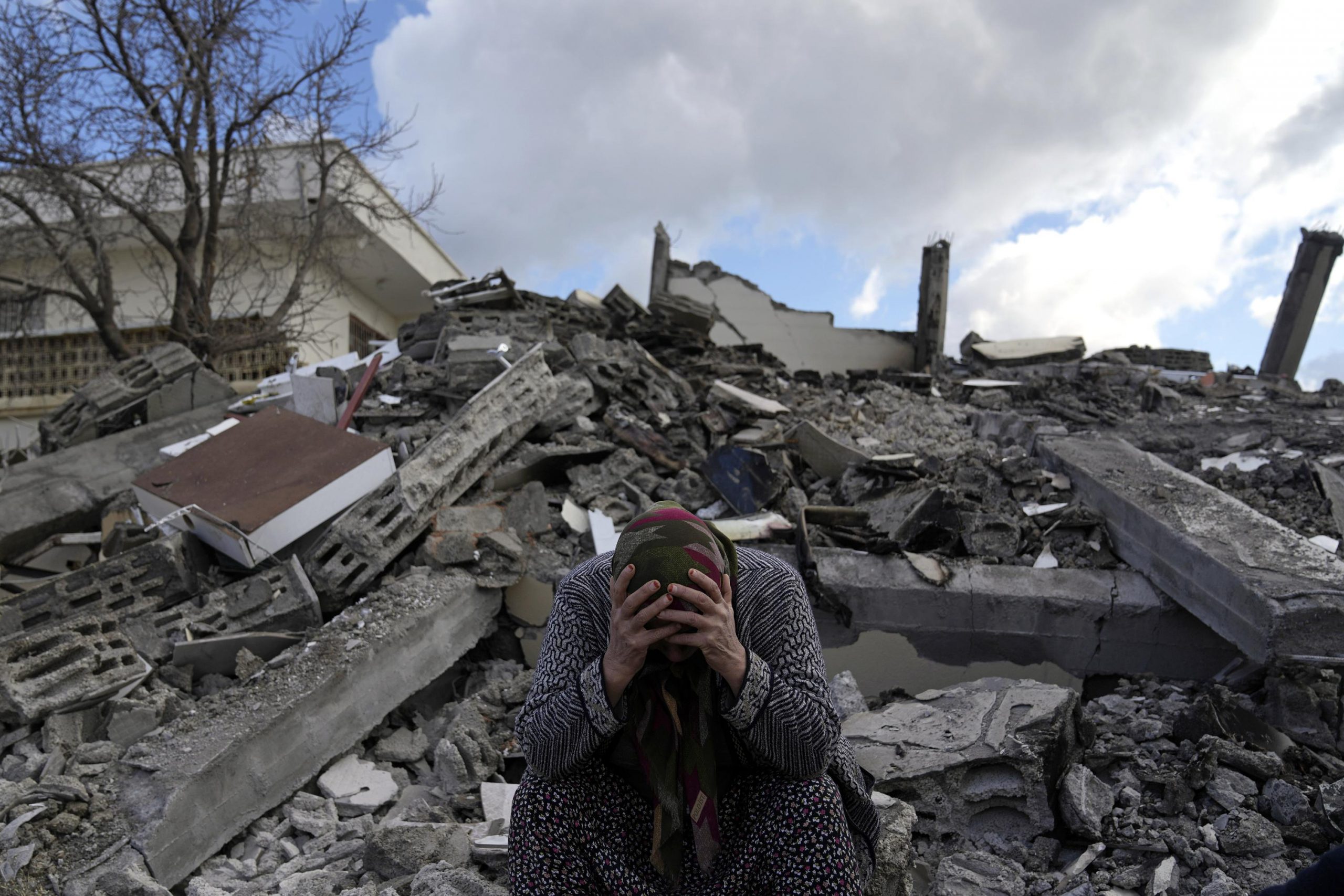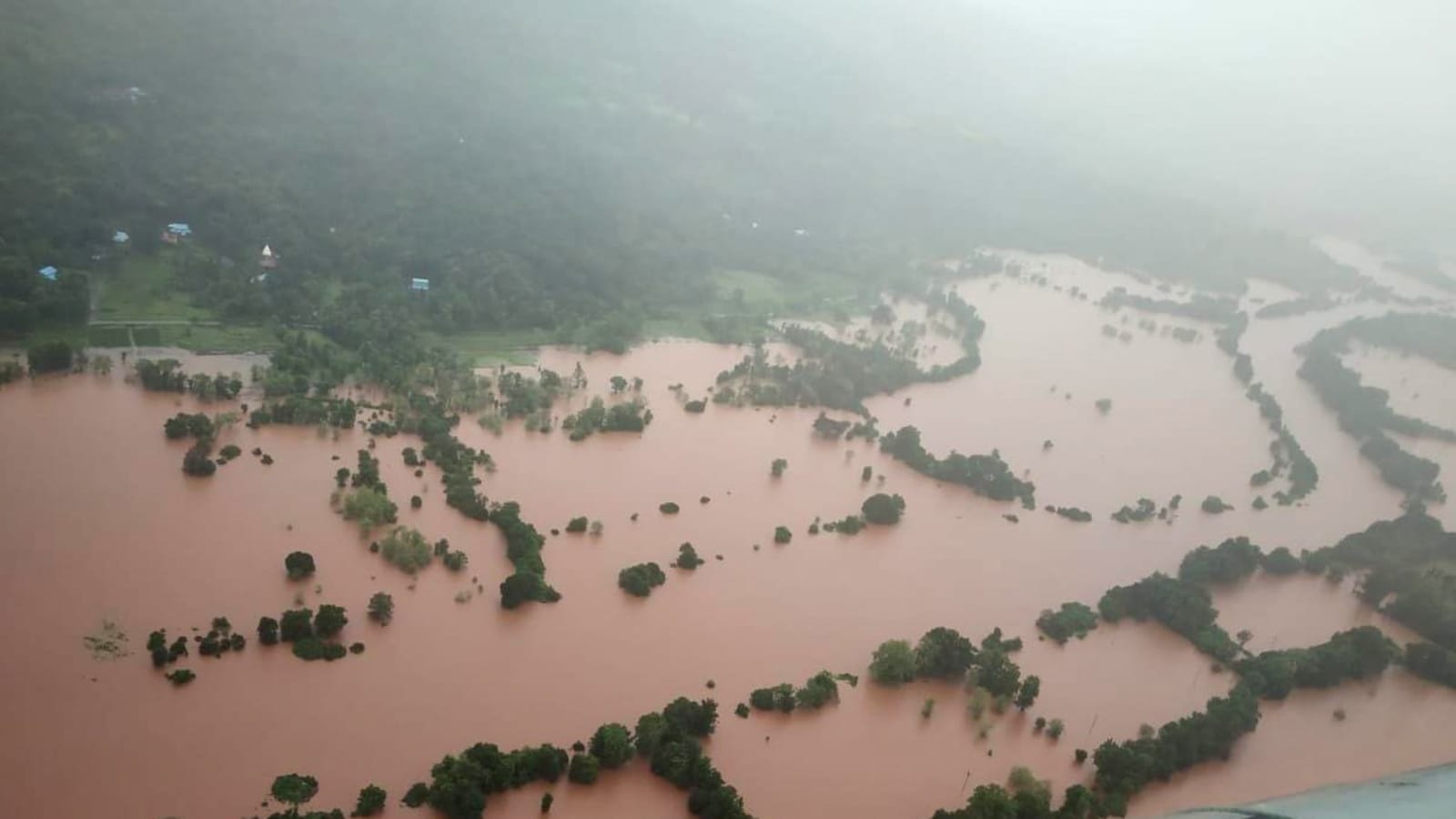In 2023, the world's population is faced with various natural disasters: from huge forest fires and floods to devastating hurricanes and earthquakes. This year was marked by an abnormally hot winter in Europe, a “ghost” lake overflowing its shores in California, yellow fog in New York and other natural phenomena and disasters.
Disasters and climate change: event analysis and forecasts
According to the latest reports of the Intergovernmental Panel on Climate Change (IPCC), emissions of greenhouse gasses, especially fossil carbon, are causing major changes in the Earth's climate. Scientists say that the negative consequences will be felt until the second half of the 21st century, regardless of measures to reduce emissions. Due to the high concentration of carbon dioxide in the atmosphere, sea levels will continue to rise and glaciers will continue to melt for centuries to come.
Mitigating the impact of climate change, especially through reducing fossil fuel consumption and stopping deforestation, is critical to ensuring the long-term well-being of humanity. According to the report of Working Group II of the IPCC Sixth Assessment Report, which focuses on the consequences of climate change, serious consequences are already visible: weather disasters have become more frequent, their duration and severity have increased.
According to the Atlas of Mortality and Economic Losses from Extreme Weather, Climate and Water Events from 1970 to 2019, there has been a significant increase in economic losses caused by natural disasters over the past 50 years. The passage of a hurricane alone can reduce a country's annual GDP by 800%. In the African region, economic losses due to droughts and floods can amount to up to 20% of annual GDP
Many of the impacts of climate change and natural disasters are manifested in water-related events such as floods, increased storms, droughts, melting glaciers, and salinization of coastal freshwater resources due to rising sea levels. Over the past two decades, about 2 billion people have been affected by major floods, 1.5 billion by drought, and 700 million by tropical storms.
European winter: unexpected temperature changes
On January 6 in Schladming, Austria, skiers descended the slopes of the Rohrmoos ski area covered with artificial snow while grass was visible on the rest of the hill on both sides. Ski resorts in Austria, Germany and Switzerland faced an unusually warm January that brought record temperatures to many parts of Europe. Abnormal heat was recorded on January 1, 2023: 19.7°C in Austria, 18.9°C in Hungary, 19°C in Slovenia, Croatia, Bosnia and Herzegovina, and Serbia, and in Romania the temperature exceeded 20° C.
Extraordinary event: devastating earthquake in Turkey and Syria

On February 17 in Hatay, Türkiye, a woman walks along a street surrounded by destroyed buildings. The event that occurred on February 6, 2023 went down in Turkish history as the most destructive earthquake with a magnitude of 7.7. The disaster has killed more than 43,500 people in Turkey and more than 1,400 people in Syria, destroying infrastructure in many Turkish cities and leaving more than 1.5 million people homeless.
Snowfalls in California
March 29 in Mammoth Lakes, California. Workers remove snow from the roof of an apartment complex in the Sierra Nevada mountains. A strong Pacific storm thundered along the US west coast in Northern California and Oregon, bringing with it heavy rain and mountain snow. The amount of snow in California for the season set a new record of 12 meters, according to The Guardian. Mammoth Mountain Ski Resort also recorded a new record, announcing its highest snowfall ever at 695 inches (1.76 m). The previous record in California was recorded in 1952 and was 812 inches (2.06 m).
"Revival" of Tulare's "ghost" lake
April 27, in Corcoran, California. A car slowly navigates flood waters as they reappear on Tulare Lake in California's Central Valley.
Tulare Lake, known locally as "ghost" or "zombie" lake, was once the largest body of freshwater west of the Mississippi River. However, it disappeared at the end of the 19th and beginning of the 20th centuries due to the redirection of water from the river to irrigate fields in the interests of agriculture. Atmospheric and river flooding caused significant flooding in the lake area, inundating more than 100 square miles (more than 25,899 hectares) of farmland and other lands.
Approaching snowmelt in the Sierra Nevada Mountains, which could bring historic levels of snowpack, could expand the size of the lake to 200 square miles. This poses a serious threat to farming communities, which could suffer multi-billion dollar losses as water could remain in the lake for up to two years.
Yellow fog in New York caused by fires in Canada
June 7 in New York. According to the specialized portal IQAir, on June 8, New York became the leader in air pollution among world cities. In Canada, forest fires continued for several weeks, covering more than 450 fires. According to official statistics as of October 6, 6,551 fires were recorded, destroying an area of 184,961 square kilometers, which is about 5% of the total forest area in Canada.
Heavy rains, floods and landslides in India

July 15, New Delhi, India. Monsoon clouds hang over the swollen Yamuna River. Heavy rains in New Delhi led to severe flooding that destroyed large swaths of northern India. These natural disasters claimed the lives of 49 people.
Forest fires amid heat wave in Greece
July 18, Mandra, Greece. After a large forest fire, a tree smolders. Due to the abnormal heat in Greece, when the temperature rose to 41-45°C, forest fires broke out. As a result of this natural disaster, 28 people were killed, more than 20 were injured, and more than 80 fires were registered in dozens of regions.
Forest fires in Hawaii
October 9, Lahaina, Hawaii. A car drives through burnt terrain two months after a devastating forest fire. As a result of dry and hot weather, as well as the impact of Hurricane Dora, wildfires broke out on the islands of Maui and the Big Hawaiian Island. Some fires reached an area of 400 hectares, threatening residential areas and forcing the evacuation of hundreds of local residents. At least 98 people died in these fires, thousands were left homeless, and more than 2,000 buildings were destroyed.
Shredding of Titicaca in Bolivia
October 26, Kohata Island, Bolivia. Manuel Flores passes through arid terrain where the shallowing of Lake Titicaca is visible. This largest freshwater lake in Latin America is approaching record low water levels due to severe drought. The lake's height dropped to 3,808 meters above sea level, 4 cm lower than the previous record.
Hurricane Otis hits Mexico
October 28, Acapulco, Mexico. Sunken boats near the lighthouse after Hurricane Otis. On October 22, Hurricane Otis struck the Acapulco area. Strong wind gusts reaching speeds of 270 km/h and heavy rainfall caused flooding and landslides. The hurricane caused the death of 48 people.
Volcanic eruption in Iceland
December 19, Reykjanes, Iceland. The beginning of a volcanic eruption. As a result of a series of earthquakes, a volcano erupted a few kilometers from the town of Grindavik. The area of 4,000 people was evacuated and has already experienced several eruptions in recent years.
December 21, Yogyakarta, Indonesia. Eruption of Mount Merapi in the Sleman region. Merapi, one of Indonesia's most active volcanoes, is located in a densely populated part of the island.

